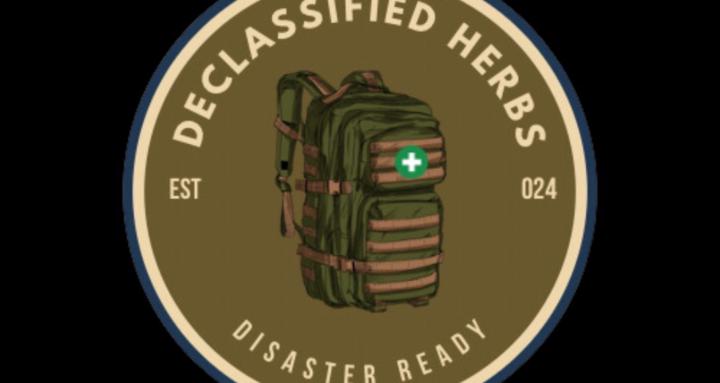Nov '24 • Plant Profiles
Self-Heal (Prunella vulgaris)
Self-Heal (Prunella vulgaris) is an herb native to much of North America. It grows prolifically in a variety of environments and soil conditions. It is easily identified but does have some similar lookalikes. Bugle (Ajuga reptans), Purple Deadnettle ( Lamium purpureum), Henbit (Lamium amplexicaule), Spotted Deadnettle (Lamium maculatum), Ground Ivy (Glechoma hederacea) and Cut-leaved Selfheal (Prunella laciniata) seem to be the most common lookalikes and all are generally safe (everything, including water, has a toxic dose).
Self-Heal has been used for centuries as a wound support, anti-viral, anti-infective, anti-inflammatory and cardiovascular tonic herb. This low toxicity, high potency herb is simply packed with uses.
One of the main actions of Self-heal is its ability to stimulate balanced production of Nitric Oxide (NOS) and Endothelial Nitric Oxide Synthase (eNOS). This supports faster healing of wounds by increasing vasodilation, normalizing inflammation.
Self-Heal is a useful addition to a cold/flu formulas to help soothe inflamed tissue.
As a cardiovascular tonic, Self-Heal is useful in supporting normal blood-glucose levels and reducing hypertension.
Self-Heal aerial parts (stem, leaves, flower spikes) can be used in a tincture (1:4 ratio in 40% ABV), as an infusion (tea), decoction (strong tea), in ointments, salves, poultices and eyewash.
References:
Coffman, Sam (2021) Herbal Medic: A Green Beret’s Guide to Emergency Medical Preparedness and Natural First Aid, North Adams, MA, Storey Publishing, 354,355
Ody, Penelope, (1993) The Complete Medicinal Herbal, New York, NY, DK Publishing, 88
4
2 comments

skool.com/declassified
A group for rediscovering how to utilize the abundant resources all around to better prepare yourself and your community for anything.
Powered by
